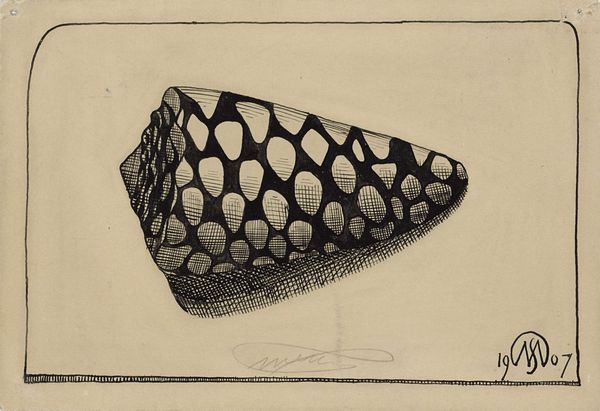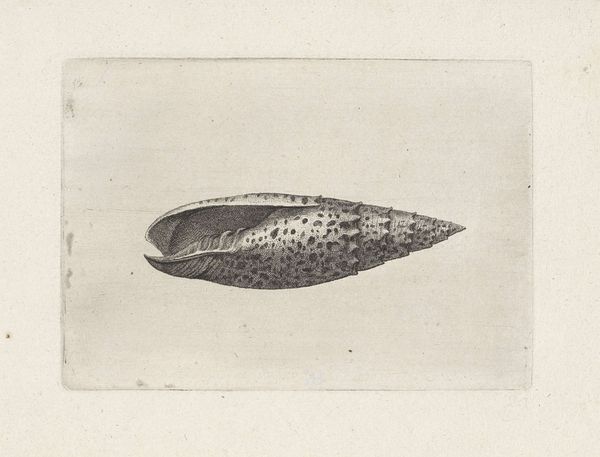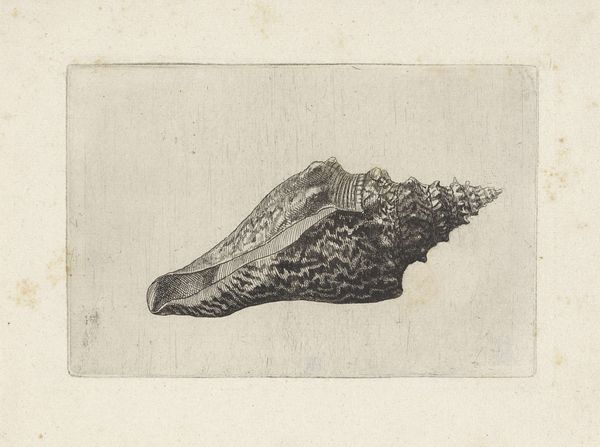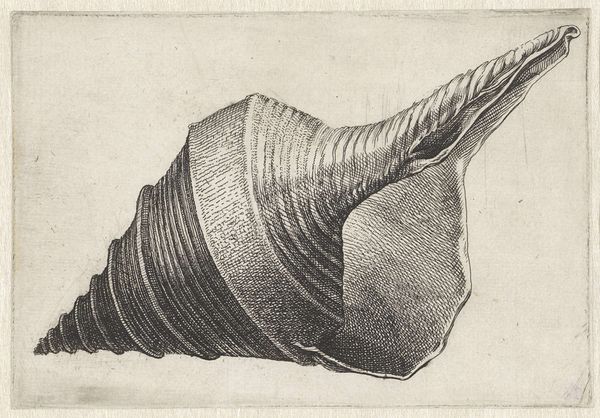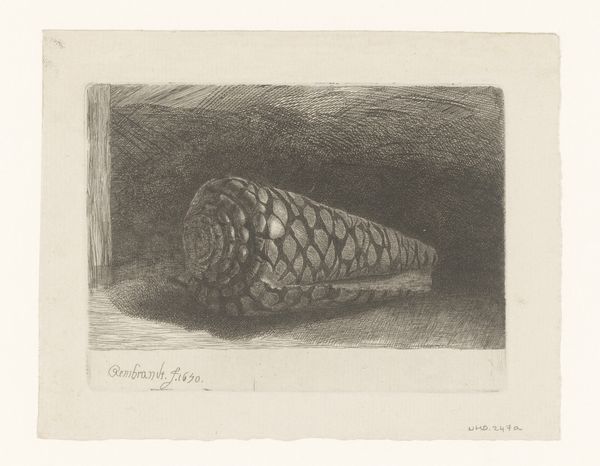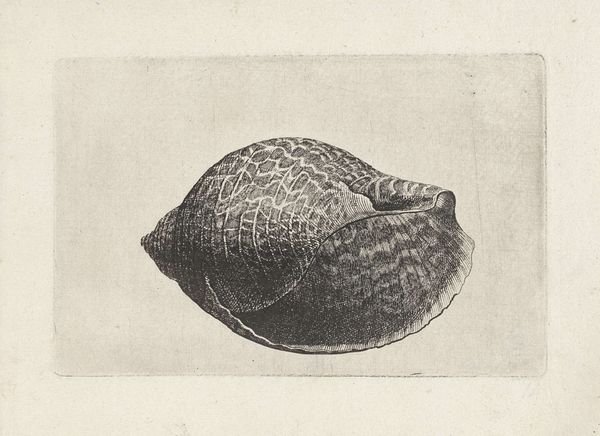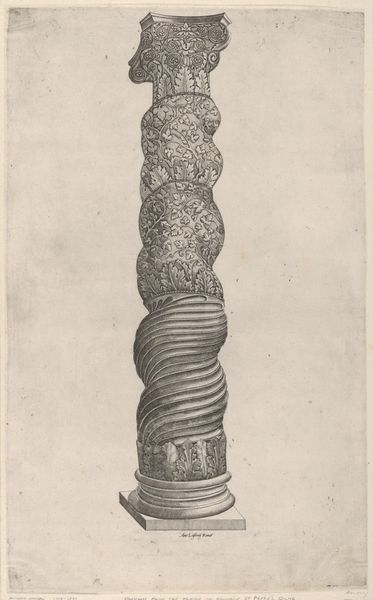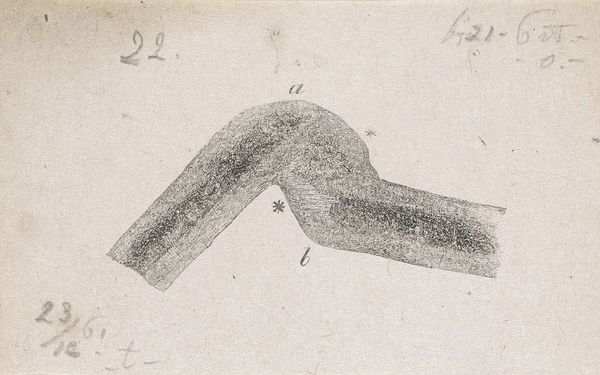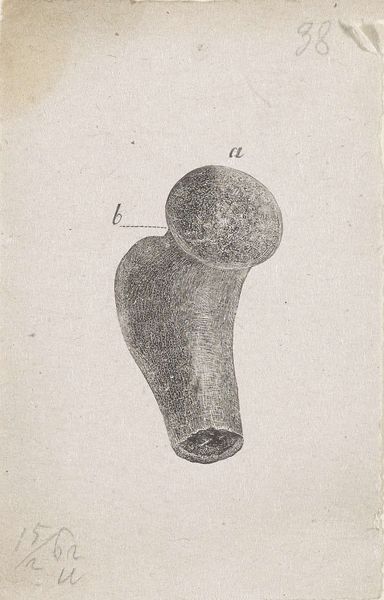
drawing, pencil
#
drawing
#
dutch-golden-age
#
pencil drawing
#
pencil
#
line
#
watercolor
#
realism
Copyright: Public domain
Editor: So here we have Rembrandt van Rijn's "The Shell (Conus marmoreus)" from 1650, a drawing rendered in pencil. It's just a simple shell, yet the texture feels so complex, almost jewel-like. What do you see in this piece that I might be missing? Curator: It’s easy to dismiss it as a simple study, but I think that’s precisely the point. In the 17th century, the Dutch Golden Age was exploding with global trade, fueled by colonialism. Objects like this shell, a *Conus marmoreus,* weren’t just curiosities; they were emblems of power and the exotic "other". Do you think Rembrandt was just capturing its likeness? Editor: Well, he certainly paid close attention to detail... I guess I hadn't considered the global context. So, by meticulously depicting this shell, he’s inadvertently commenting on the societal fascination with these... trophies? Curator: Exactly. It's almost like a visual inventory of Dutch imperial ambitions. He makes it monumental with shadow and light; what could have been a mere record of something looted from a far-off land, becomes something to behold and contemplate. Where does beauty end, and exploitation begin? Editor: Wow, I'd never thought about it like that. It’s amazing how a simple drawing of a shell can reveal so much about the values and complexities of the society that created it. Thanks! Curator: Indeed. And it challenges us to consider the hidden histories behind the objects we still collect and display today. Something to chew on, eh?
Comments
rijksmuseum about 2 years ago
⋮
Collecting exotic shells was a popular hobby in the 17th century, and it excited Rembrandt’s interest too. He had a small natural history collection of his own, including this marbled cone shell; it is similar in shape to the conus cervus, a ‘deer’ cone. He rendered the form and markings of the shell with meticulous care on the copperplate. Note that the shell appears in mirror image.
Join the conversation
Join millions of artists and users on Artera today and experience the ultimate creative platform.
